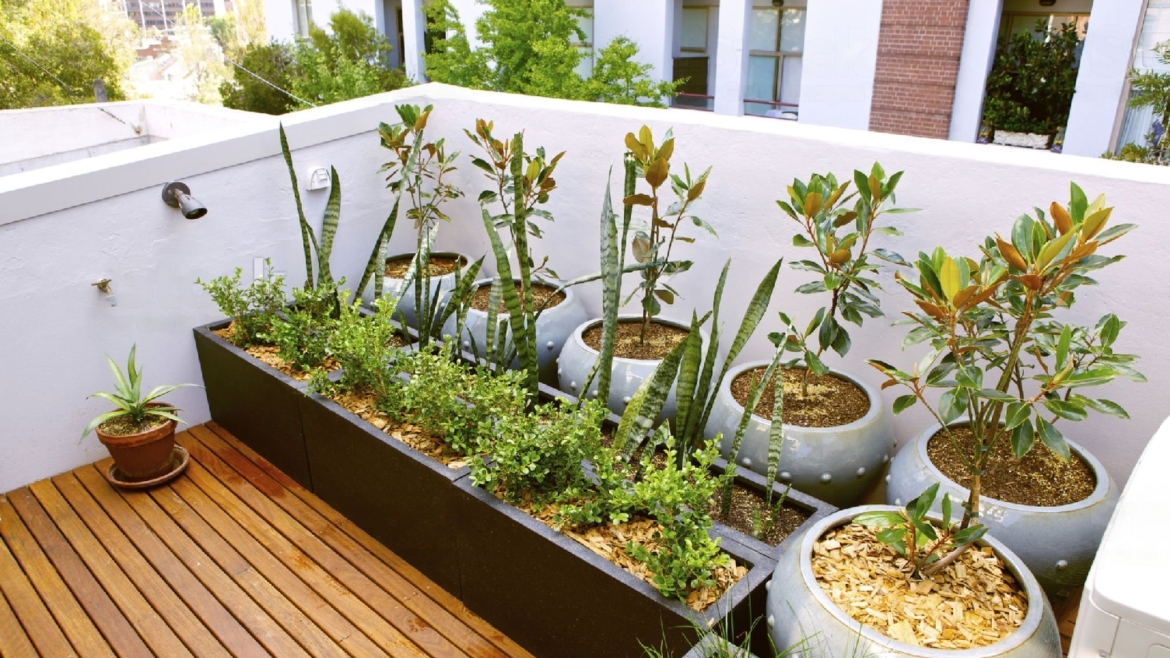Rooftop gardening is the practice of growing plants, vegetables, and herbs on the rooftops of buildings. This type of gardening is gaining popularity in urban areas where space is limited and green spaces are scarce. Rooftop gardens can be created on the rooftops of homes, apartment buildings, offices, and other types of buildings.
Rooftop gardening has several benefits. Firstly, it helps to reduce the urban heat island effect by providing shade and cooling the surrounding air. Secondly, it improves air quality by reducing the levels of carbon dioxide and other pollutants in the air. Thirdly, it helps to reduce stormwater runoff by absorbing rainwater and reducing the amount of water that flows into storm drains. Fourthly, it provides a space for people to connect with nature and enjoy the benefits of gardening.
To create a rooftop garden, several factors need to be considered, including the weight-bearing capacity of the roof, the amount of sunlight the rooftop receives, and the type of plants that will thrive in the rooftop environment. A structural engineer may need to be consulted to ensure that the roof can support the weight of the garden.
There are several types of rooftop gardens, including intensive gardens, which involve growing plants in raised beds or containers, and extensive gardens, which involve growing plants directly on the roof. The type of garden that is created will depend on the available space and the desired outcome.
Rooftop gardening is a sustainable and innovative way to create green spaces in urban areas. It provides numerous benefits to the environment and the community, and it is a great way to connect with nature and enjoy the benefits of gardening.


